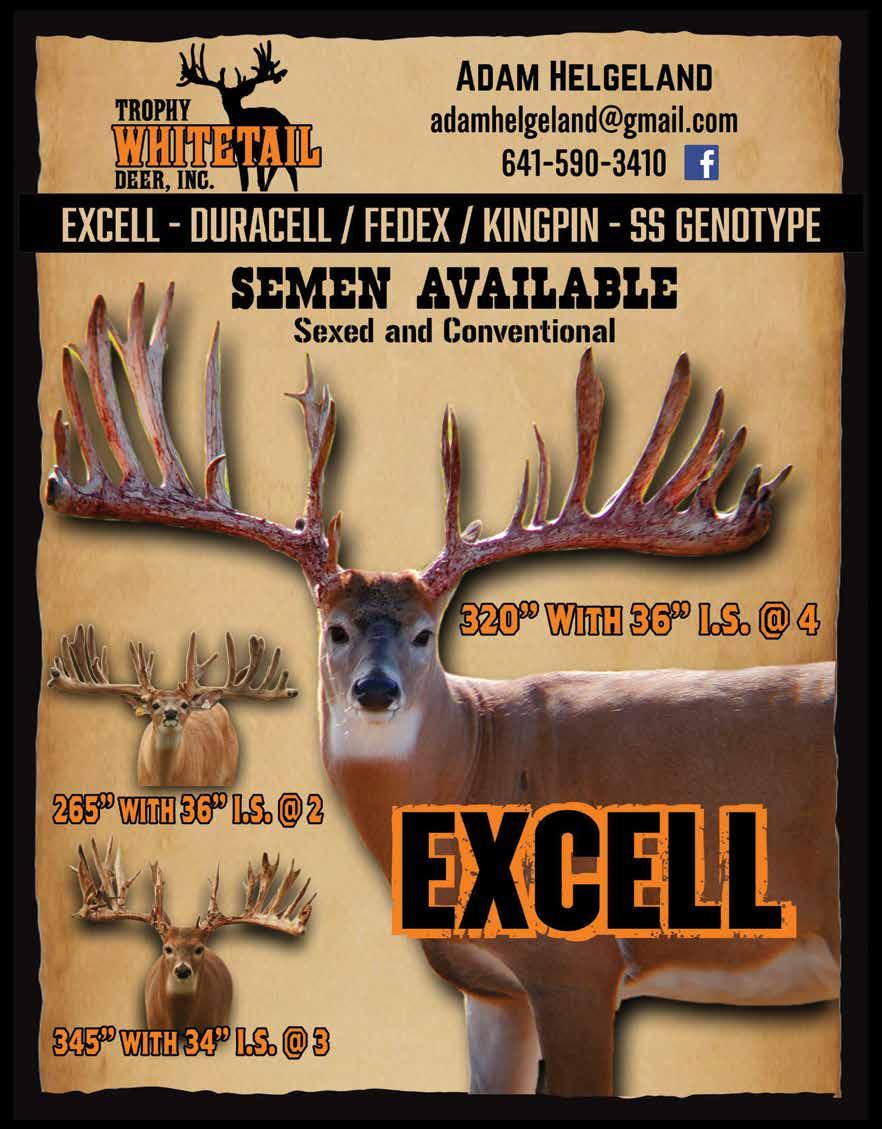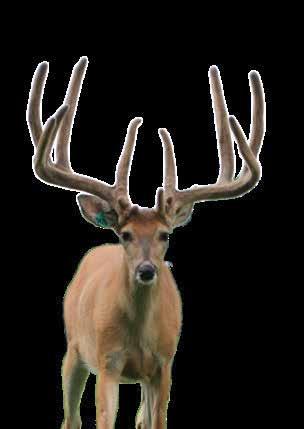
4 minute read
How to Correctly Line Breed and Why......................................................32
by DandKDesign
Quick Sand @2
QUICK SAND AT 2
Line Breeding Example 2: Quick Bill / Miss Typical NADR #269158
“If that isn’t good then you don’t want to breed to her. It doesn’t matter how many good deer are on top,” he said. “Remember the goal is not to see how many times you can get the buck into the pedigree.” Cletus added.
Line breeding should never be done longer than three generations, emphasized Borkholder, who’s been raising whitetails since 1992. At that point, you need to introduce fresh genetics through outcrossing, or your breeding
program could be headed for a train wreck. Both Bontrager and Borkholder agree that the best way to get started with line breeding is to visit various farms and find that one doe you feel will begin a line of well-bred, genetically viable and marketable deer and buy her. With patience and thoughtfulness, your Super Charging endeavors can pay off.
Miss Perfect
If you have questions call: O’Lamar: 1-800-626-0661. Cletus Bontrager: 260-768-4284
Buck’s Name Miss Perfect
Outcross Sire Super Charging Doe # Outcross Sire
Miss Perfect Miss Perfect
Buck’s Name Miss Perfect Outcross Sire
Doe # Outcross Sire Miss Perfect
The One Outcross
St. Patrick The One Outcross
Miss Wish List
St. Patrick Miss Typical Patrick LineMiss Wish List Miss Typical Patrick Line CLETUS BONTRAGER | 260-768-4284 Dude Outcross
Dude OutcrossDoe # Semen available on Quick Sand, Lone Punch, & St. Patrick
Doe # Miss Typical Patrick LineMiss Typical Patrick Line
Quick Bill 50%
658 Quicksand Miss Typical Doubletake
589 509
Quick Bill 50% 658 50% 0% 62.5%
Quicksand 589 509 Miss Typical Doubletake 0% 50% 62.5% Line Breeding Example 3: An actual cross made at Twin Maple. Percentage sign equates to what percent Patrick lineage each deer has at 3rd generation spot in this form of line breeding Doubletake is in the “Sweet Spot” for outcrossing. 658 goes back 5 times to Twin Maple’s Blue 41 anchor doe (a non-Patrick line doe) through Quick Bill, Miss Typical and #509 ST PATRICK



MycorrPlus is a liquid that contains: • Low sodium sea minerals • Fish and Kelp • Humic and fulvic acids • 70 aerobic bacteria • 4 strains mycorrhizal fungi plus other fungi • Molasses
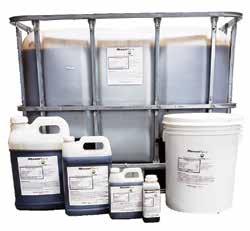
Benefits of using Mycorr Plus
• Can replace Lime • Easy to apply (small atv or pump sprayer) • Health benifits from teh 92 different minerals • Has Humic Acid • Aerate the soil (less compaction) • Deer eat more pasture (use your pasture for a feed asset) • Equips your soil with good bacteria to manage the bad bacteria (E-Coli, Fuso, etc)
Results were seen the first year
• Less compaction • Deer grazed more
2nd Year
Spring, Summer, or Fall is a good time to start your pastures on MycorrPlus. Experience the difference yourself.
• Less feed (As of June 1st 2022 still under 2 pound of feed per head per day)
NIXON @ 3 - NADR #267218
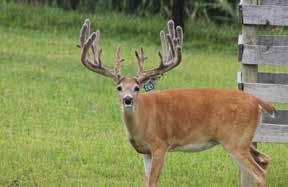
For deer pens, pastures, and hay fields the price per acre is $60.00 if purchased in 5 gallon buckets. MyCorr Plus is also beneficial for: • Gardens • Orchards • House Plants • Flower Beds • Lawns • Produce • Green Houses • Food Plots • Pastures • All Agriculture Can you see the crumbly nature of the soil in the picture on the above left? Ultimately, our product enables soil (pictured to the right of crumbly soil) to become the ideal environment for plant life. John and Elaine reported how much better their cattle and horses look this year, eating only pasture and hay grown with MycorrPlus. Coats are shiny and slick, with nicely filled out bodies.

In the picture below, an application MycorrPlus with no other fertilizer was made to the left side of the field. The neighbor’s field on the right received normal applications of NPK fertilizer. MycorrPlus helps to unlock the soil
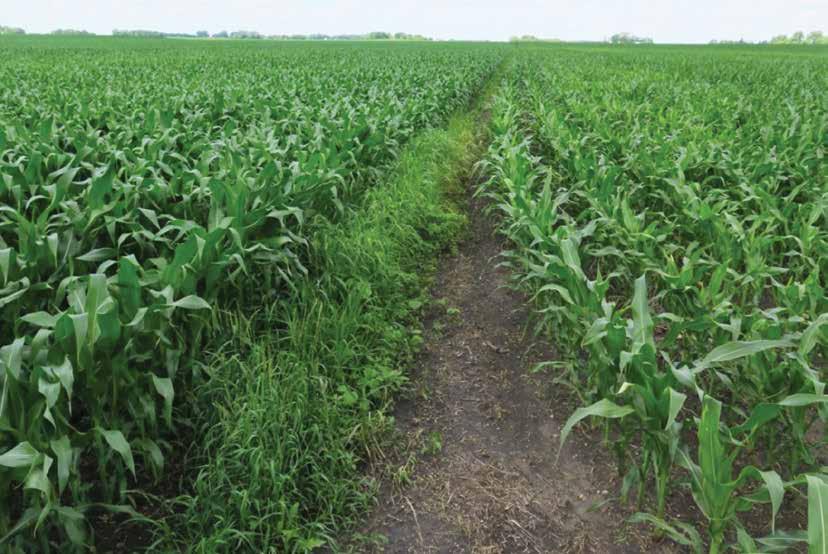
The best way to save on fertilizer is to utilize every microorganism in the soil.
The more N applied, the more soil structure deteriorates and ironically, the less N is available to plants. You’ll rarely see a nitrogen-deficient plant in a healthy natural ecosystem. I’ve noticed yellow, nitrogen-deficient pastures on many of the dairy farms I pass. But in the area between the fence and the road, where no fertilizer had been used, the grasses were a lovely dark green. A soil test will only tell you what is available to plants by passive uptake. The other 97 percent of minerals — made available by microbes — will not show up on a standard test. By looking after the microbes in the soil we can increase the availability of a huge variety of minerals and trace elements — most of which are not even in fertilizers.
To Place Your Order Call 574-248-9898
Office Hours: 8AM - 4PM Mon-Fri 234 Ply-Goshen Trail Nappanee, IN 46550 We ship anywhere in the US
